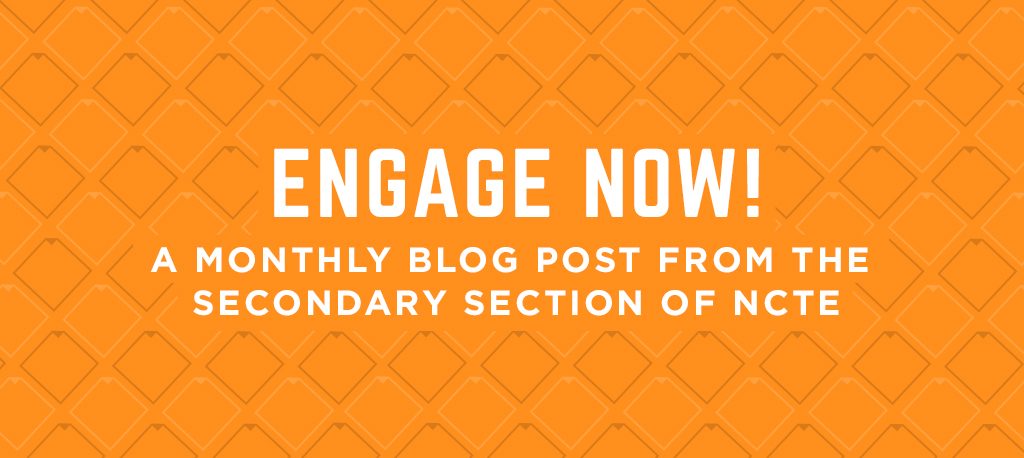This post was written by NCTE member Keisha L. Green, a member of the NCTE Secondary Section Steering Committee.
Who is permitted to tell what kind of stories? What and whose stories matter in English language arts classrooms? Whose stories, perspectives, identities, and experiences are represented in the media?
These questions and more are at the center of critical media literacy and youth media production.
Often mainstream news media and feature stories are told from a singular, dominant, monolingual, and monocultural lens. In contrast, youth media production demonstrates the promise and complexities of centering self-determined youth voice, specifically as a space where youth engage “storytelling to reveal specific ways in which society structures their lives to shape the kinds of people they can or will be” (Jocson, 2017).
So, what can we learn or what might be gained from engaging youth media in the classroom?
For the upcoming school year, literacy educators and English language arts teachers have an opportunity to explore the power and importance of youth voice, utility of digital technology and social media, and necessity to cultivate youth civic engagement in our society, particularly as the 2020 US Presidential election approaches.
Teachers can create multimodal and culturally relevant lessons inviting their students to study the variety of youth media organizations—what kind of programs they are producing and what kinds of technology and platforms they’re using—to get a grasp of the possibilities. Through this survey of what youth media production looks like across the country, students may be inspired to think about why youth media organizations matter and why is it important to amplify young voices.
Not only is youth media production an alternative approach to teaching and learning important standards-based reading, writing, and speaking skills, but also a way for youth to get involved in the public sphere, providing opportunities to express themselves and navigate their own personal identities, as well as their place in the world. Youth media production as a curricular component of the classroom is an avenue for critical literacy learning as participants will come to recognize, understand, and think critically about the power dynamics embedded all communication, language, and culture (Green, 2013).
Before asking students to consider developing their own media projects, students can discuss issues of importance to them and their peers in and out of schools. These conversations should be informed by prior investigation(s) of the history of young people leading social movements, such as the civil rights and antiwar movements, and how that is continuing today in contemporary activism like Black Lives Matter and the gun control efforts of the Parkland teens.
Through short films, music, photography, artifacts, scholarly articles, and profiles of youth media and civic engagement organizations, students will develop a greater understanding of youth activism and media production, in the context of the United States, and be able to historicize contemporary youth politicization mediated by media and technology.
Students will be inspired to do what youth media organizations are doing—using their access to technology and media to raise awareness and engage in activism around the topics that concern them. Engaging youth media production in the classroom is inherently collaborative, interdisciplinary, multimodal, and rigorous as students gain a variety of strategies for: presenting data to persuade audiences, moving beyond writing research papers, and incorporating art and creativity.
In the end, we hope students will see themselves in the young media journalists they profile and experience in very real terms how representation matters, and understand why young people’s voices and messages are an ideal way to engage other young people and inspire them to action.
If you are looking for reasons why youth media in classrooms matters, need examples of youth media organizations, or are in search of curricular materials related to critical media literacy, consult the mission statements, program activities, and curricula of award-winning national youth organizations including, but not limited to, New England Public Radio’s Youth Media Lab in Western Massachusetts, Black Youth Project in Chicago, Illinois, Youth Radio in Berkley, California and Youth Speaks in San Francisco, California.

Keisha L. Green earned her PhD in Educational Studies at Emory University where she specialized in literacy, language, and culture. In 2013, Keisha joined the College of Education faculty at the University of Massachusetts Amherst as an Assistant Professor of Secondary English Education in the Department of Teacher Education and Curriculum Studies. Her scholarly interests are in English Education, youth literacy practices across school, home, and community contexts, critical literacy and critical pedagogy.

